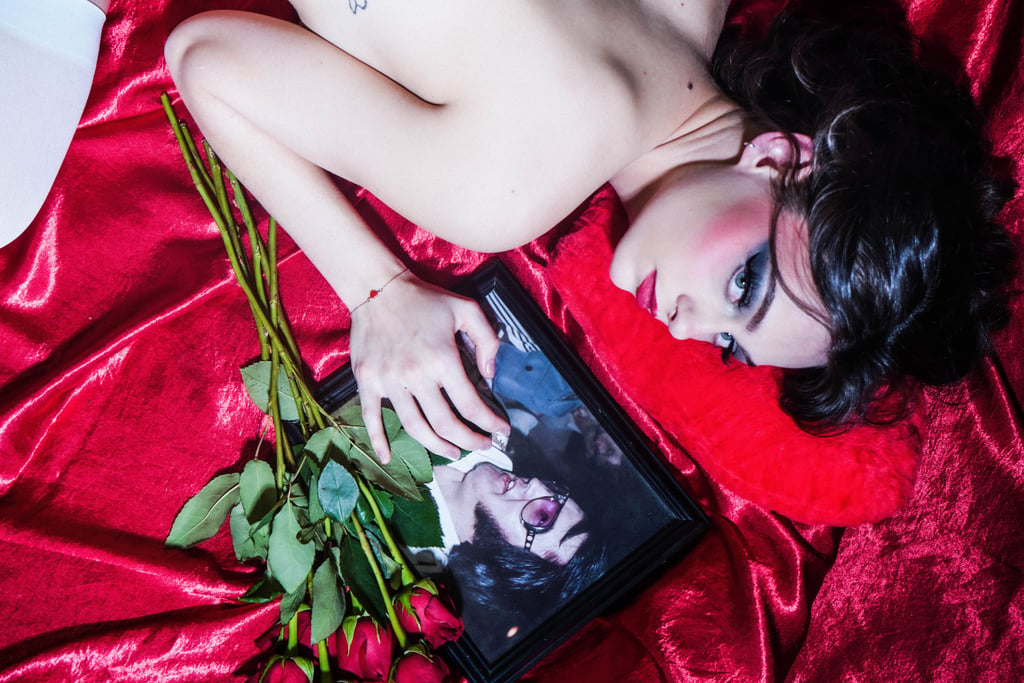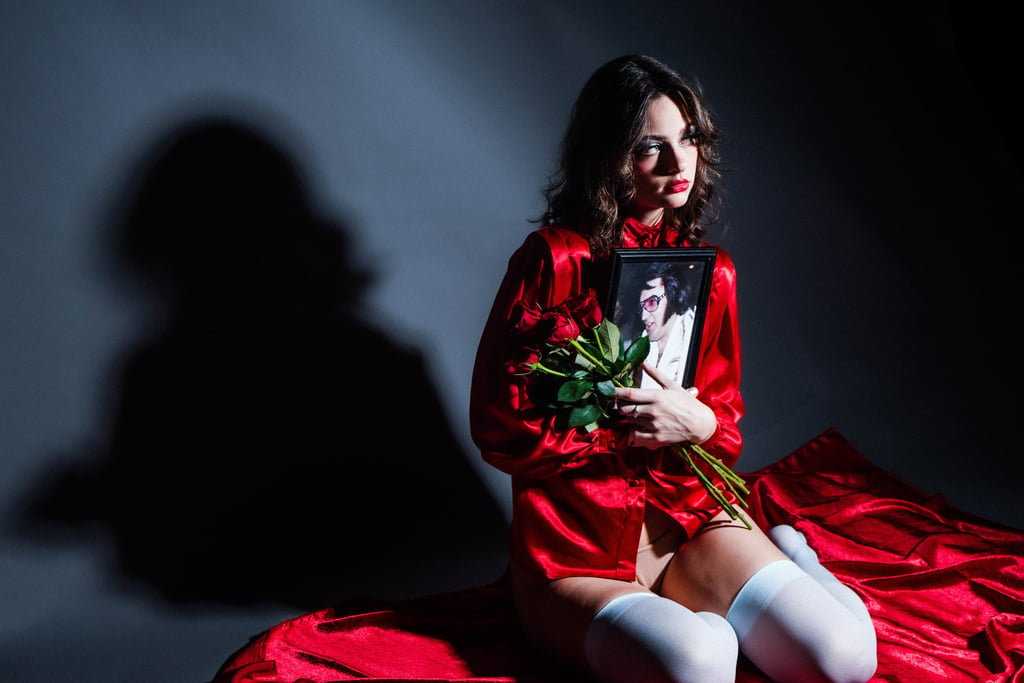Love Struck: The History of Love in Music
Written by Kitty Quinn, Photographed by Milan Lazovski, Makeup by Kitty Quinn, Model: Helena Rowland
2/14/2024


With love permeating the air as the excitement surrounding the Valentine’s Day season reaches its peak, sweet songs telling tales of love and admiration become more evident than at any other time of the year. The tradition of love songs, spanning centuries, has been a driving force within the music industry, captivating hearts and tapping into timeless expressions of one of humanity’s most raw emotions. As melodies weave through the fabric of our lives, love songs transform into not just a soundtrack but a profound reflection of our shared humanity.


Rooted in ancient civilization, love songs first emerged as musicians and poets serenaded their lovers with verses and melodies. The Renaissance witnessed the rise of madrigals, showcasing intricate polyphonic compositions exploring themes of love and passion, exemplified by works like Thomas Morley's "Now Is the Month of Maying." Moving to the 18th century, the Romantic era birthed art songs, with composers like Franz Schubert infusing classics like “Ave Maria” with rich emotion. As the 20th century unfolded, the blues genre embraced themes of love, with artists like Bessie Smith pouring heartache into "Empty Bed Blues." Simultaneously, the birth of jazz showcased love's diverse expressions, with Duke Ellington's "Mood Indigo" embodying subtle sophistication. In popular music, the 1950s witnessed the emergence of doo-wop, exemplified by The Platters' "Only You," encapsulating the innocence and vulnerability of young love. The 1960s brought forth iconic love ballads such as The Beatles' "Something," showcasing the band's evolution into profound songwriting. Each era birthed unique expressions of love in music, reflecting the social dynamics and artistic innovations of its time, shaping the diverse landscape of love songs we listen to today.


Love is a unifying experience, and perhaps that is why love songs work so well. They can easily evoke an emotional response—remembrance, yearning, heartbreak, and the bubbling excitement of a new romance. The combination of lyrical content, musical composition, and vocal delivery forms a powerful trifecta that resonates across all cultures and generations. Making love songs has easily become a timeless conduit for shared human experiences, serving as a sonic bridge with the strong capability to link hearts through the universal language of music.




Despite this widespread appeal, they do not go without critique. Frank Zappa epitomized this opinion, asserting that most music journalism involves people who cannot write, who interview those who cannot talk, for an audience that cannot read. Zappa criticized love songs numerous times throughout his career, accusing the genre of perpetuating clichés and unrealistic expectations of romance. This critique challenges audiences to look past surface level and critically examine the contents of beloved love songs, acknowledging their limitations in expressing the intricacies of real romantic relationships.


Moving beyond Zappa’s analysis, love songs possess a paradox that represents the delicate dance between idealized romance and the harsh realities of human connection. These compositions present an often idyllic version of love, prompting reflection on societal expectations and exploration of the multifaceted forms in which love takes. Moreover, these songs serve as cultural artifacts, reflecting the changing expectations and social norms of certain eras. Analyzing shifts in lyrical themes and musical styles unveils the evolving perceptions of love, gender roles, and values, offering a captivating lens through which to trace the social history of romance and intimacy.
This Valentine's Day, as we immerse ourselves in the timeless melodies of love songs, let's not only savor the beauty of the music but engage in a thoughtful analysis. Beyond the immediate emotions they evoke, love songs offer a rich tapestry of cultural insights and societal reflections. Whether celebrating with a romantic serenade or a critical ear, may the melodies of love inspire not just fleeting emotions but a deeper understanding of the intricate web that is human connection.


